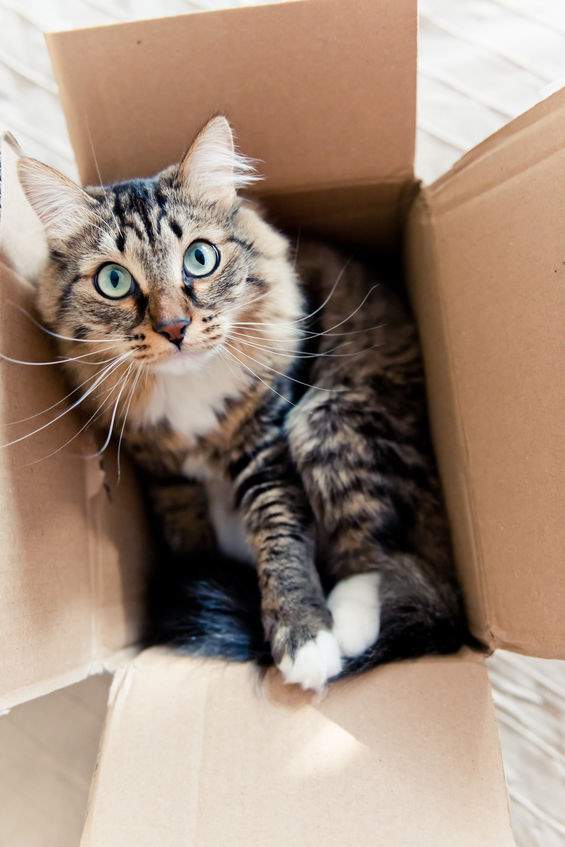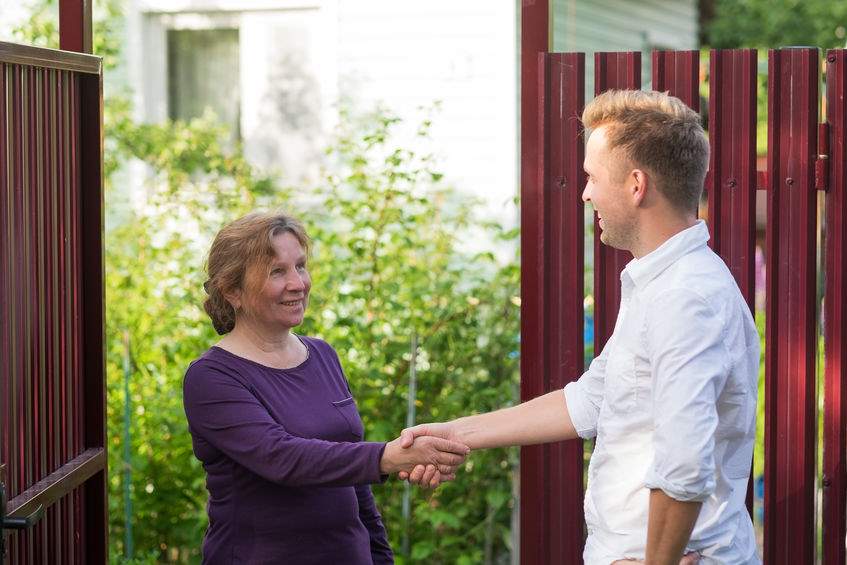
How to Move Your Pet From a House to an Apartment Home
A question we frequently get as a rental management company is, “How do I move my pet into an apartment?” Houses and apartments have very different layouts, acoustics, and regulations. In fact, some rentals don’t allow pets of any kind, while others are very open with their pet policies.
We may not be pet experts here at Redwood, but we are rental experts. We’ve learned a lot about pets and how they react to moving and new spaces. As animal lovers, we want all our residents, even our furry ones, to feel at home. If you’re moving into an apartment from a house, try some of these tips to ease the process for your beloved pet.
1. Set a “Designated” Space for Your Pet
Moving of any kind, let alone downsizing from a house to an apartment, can be hectic. Your furry companion might feel a bit lost in the shuffle. Having a space for themselves makes it easier to adjust to a new home. Use items your pet is familiar with, such as his or her bed, favorite chew toy, and blanket. Make an area look, feel, and smell as much like home as possible.
Having a little area to escape to while smelling and seeing familiar surroundings may help ease some of the confusion your pet feels. While you can explain to your human children that you’re moving to a new house, it’s not so easy to tell your fur babies.
2. Get to Know the Neighborhood
Unfortunately, when pets get loose or run away in new areas, it’s easy for them to get confused and lost. Some may even head back toward familiar grounds and wind up at your old house. To avoid this, try taking your pet on walks around the neighborhood, even before you move there. Let them get familiar with scents of other local pets, see people who live nearby, and understand the route to your new apartment.
3. Meet the Neighbors (With and Without Fur)
Even the most well-adjusted, social dog can act aggressively if they feel cornered or threatened. Meeting a new, unfamiliar dog and owner on the street could be a trigger. Showing your dog around town not only helps them understand who they can trust but also introduces your neighbors to your dog. This is especially important for neighbors next door. Explaining that you have a dog and that he or she may take some time to adjust to the new house will help your neighbor empathize if there is barking or bad behavior.
This is a great time to meet furry neighbors as well. Making new dog friends in the community will make it easier for your pup to relax and have fun.

4. Go on Lots of Walks
Walking is important, not just for the social aspect but health benefits as well. You may notice your dog getting a bit lethargic after a move. That could be nerves or even depression. Walking is good for your pet’s heart and lungs, and the fresh air and exercise may help improve their mood as well.
5. Maintain Routines
Like children, pets thrive on routine. So, after you move a pet into an apartment, keeping their routines regular is important. This lets your pet know that everything is fine; nothing is out of the ordinary or to be feared. Doing activities that they used to do at your house in a new apartment will familiarize the new location as home. This includes:
- Meals
- Bedding
- Walk times
- Bathroom schedule
- Toys
- Walks
- Seeing old friends
All these things will help your pet to better understand that your new house is their new house too.
6. Maximize Playtime
It’s tempting to put your pup in doggy daycare and just deal with the move as it’s happening, but try to resist. Once you’re busy organizing a new space, it’s easy for a pet to feel abandoned. Play with your dog as much as you can. Play fetch, chase, scratch behind their ears; do anything to show them how much love they still have.
Change can be scary for anyone, but imagine what it would feel like if you genuinely didn’t understand what was happening or why. Having that reassurance and support makes a big difference in how your pet reacts to the move.

7. Be Firm on Discipline – No Barking Allowed
While you might sympathize with your pet, don’t let those puppy dog eyes get the best of you. It’s important to stay firm and use discipline when needed. One of the major changes you’ll see when moving a pet from a house to an apartment is noise restriction. Sharing walls or common spaces with other residents means barking could annoy your neighbors. And you don’t want a noise complaint, especially right after you move.
To help your dog be the best they can be, try some of these anti-barking techniques:
Block the Windows: If your pet can’t see the door, they won’t know someone is about to knock. This helps reduce the urge to bark.
Keep an Eye Out: They say it takes 21 days to build a new habit, so for the first three weeks, consider yourself on bark-duty. Watch your pup for cues that he or she is about to yip and stop it before it starts. After a while, your pup should calm on their own.
Mask Nearby Sounds: Your neighbors are sure to move around, and your dog may hear it. This could cause alarm and even barking. To keep your pup from picking up on every single sound, try using white noise or sound machines or even the radio on low to reduce external noise from creeping in.
Ease Them Into Alone Time: Separation anxiety is a real thing, and it causes whining and barking in even the best-tempered pet. Easing your pet into alone time could be the key to reducing these noises. Leave your house for only a few minutes at a time, gauging your pet’s reaction until they have the hang of being alone.
Choosing a Pet-Friendly Location
Not all apartments allow pets. At Redwood, we love animals, which is why every resident is entitled to three pets per unit. Find your perfect pet-friendly apartment neighborhood at one of our remarkable Redwood Living neighborhoods.
